the Rainforest
The range of bio-diversity at Mahausakande is extraordinary
︎︎︎
The process of regeneration
The experiment is taking place in a rubber plantation which was originally, (about 75 years ago) a part of the forest reservation. During a period of over 15 years of neglect, the seed-fall from the forest reservation has once again taken root and grown in to medium sized trees at the site. The hilly terrain and the waterways that run through the land have helped the activity of regeneration. Seven pools have been introduced in to the landscape, each blending in to the hilly terrain, and retaining the rain water as it rushes downhill while sustaining the rain forest conditions during the dry weather.
The experiment is taking place in a rubber plantation which was originally, (about 75 years ago) a part of the forest reservation. During a period of over 15 years of neglect, the seed-fall from the forest reservation has once again taken root and grown in to medium sized trees at the site. The hilly terrain and the waterways that run through the land have helped the activity of regeneration. Seven pools have been introduced in to the landscape, each blending in to the hilly terrain, and retaining the rain water as it rushes downhill while sustaining the rain forest conditions during the dry weather.
The striking characteristic of a tropical rain forest is usually the loftiness of the dominant species and the emergent layer. As a regenerating forest, this is missing. We have introduced those species which we hope will rise above the present uniform layer of rubber. Therefore ecological restoration is done in a scientific manner, towards the establishment of a tropical rainforest.
Flora

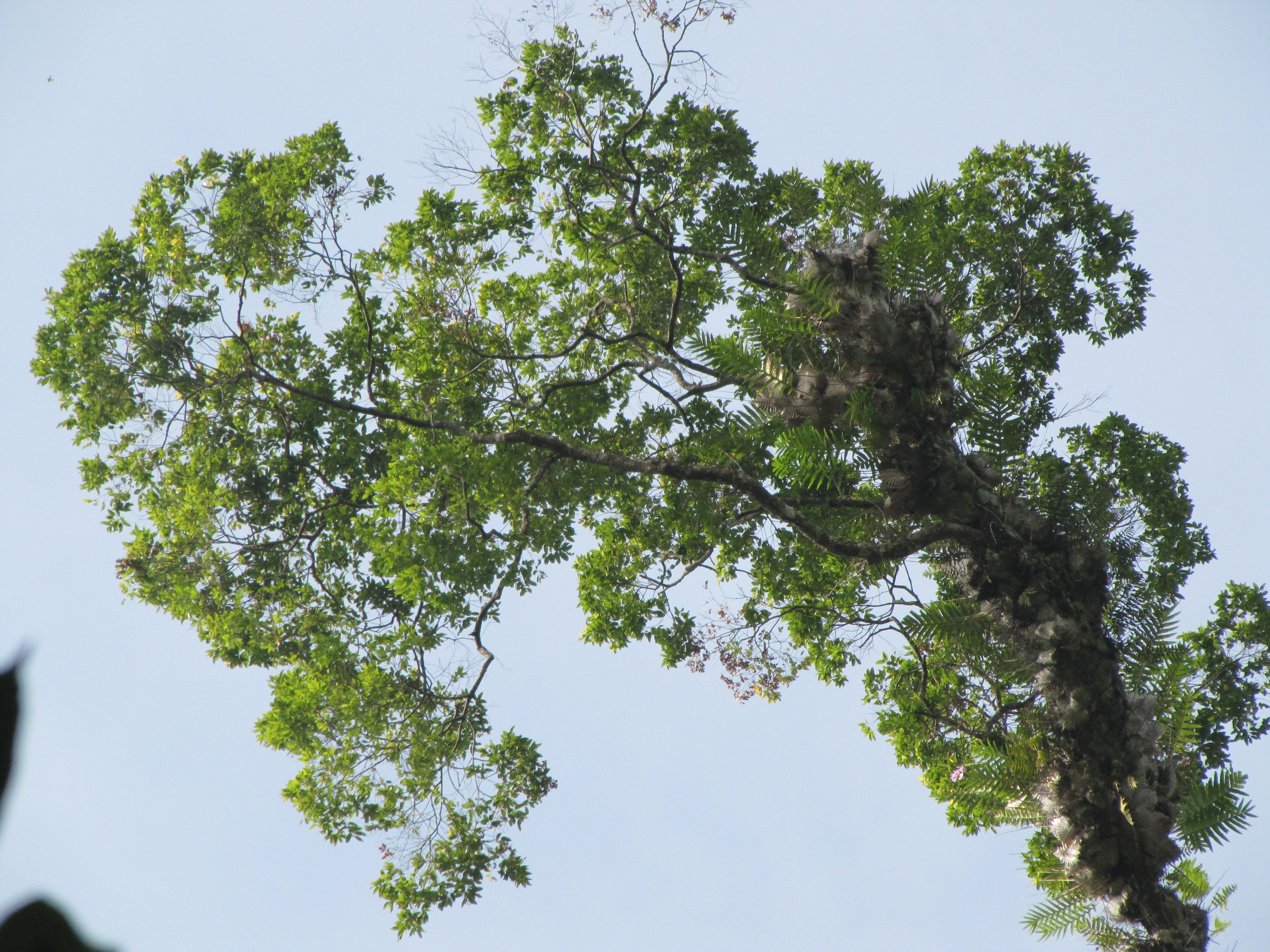
All species of vegetation introduced to the site are indigenous species found in the Wet Zone of Sri Lanka. Special emphasis was given to the plant species found in the adjoining Bambaragala forest reserve.
In addition, 207 species of flora were recorded so far including 24 endemic species.
Our goal is to have a 40,000 indigenous species in our forest within 10 years including trees, plants, shrubs, lianas etc. With the introduction of over 7000 indigenous species at the moment, we are well on the way towards achieving our goal, mainly because the seed fall from the Bambaragala reserve has been playing an extremely supportive role.
In addition, 207 species of flora were recorded so far including 24 endemic species.
Our goal is to have a 40,000 indigenous species in our forest within 10 years including trees, plants, shrubs, lianas etc. With the introduction of over 7000 indigenous species at the moment, we are well on the way towards achieving our goal, mainly because the seed fall from the Bambaragala reserve has been playing an extremely supportive role.
Fauna
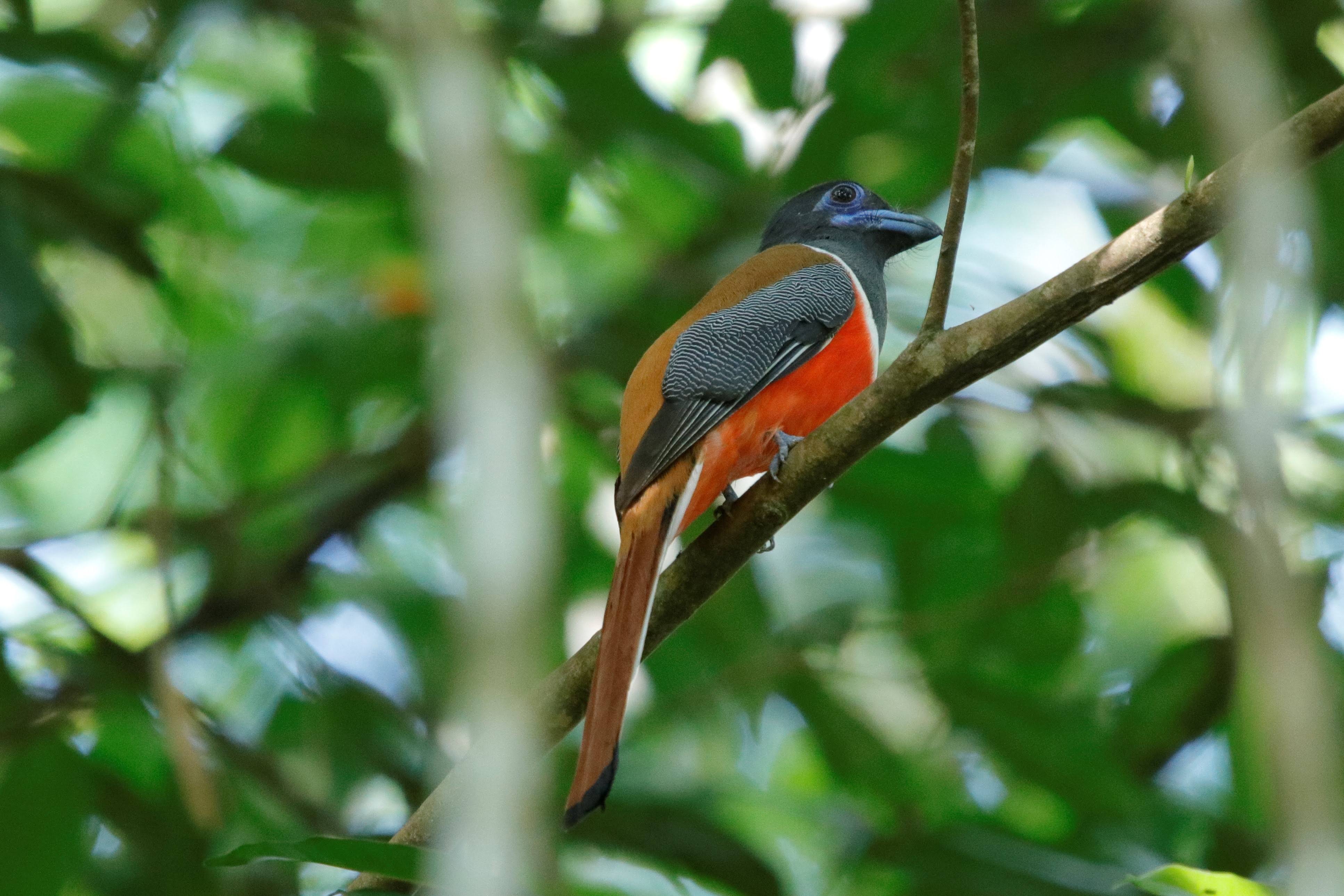
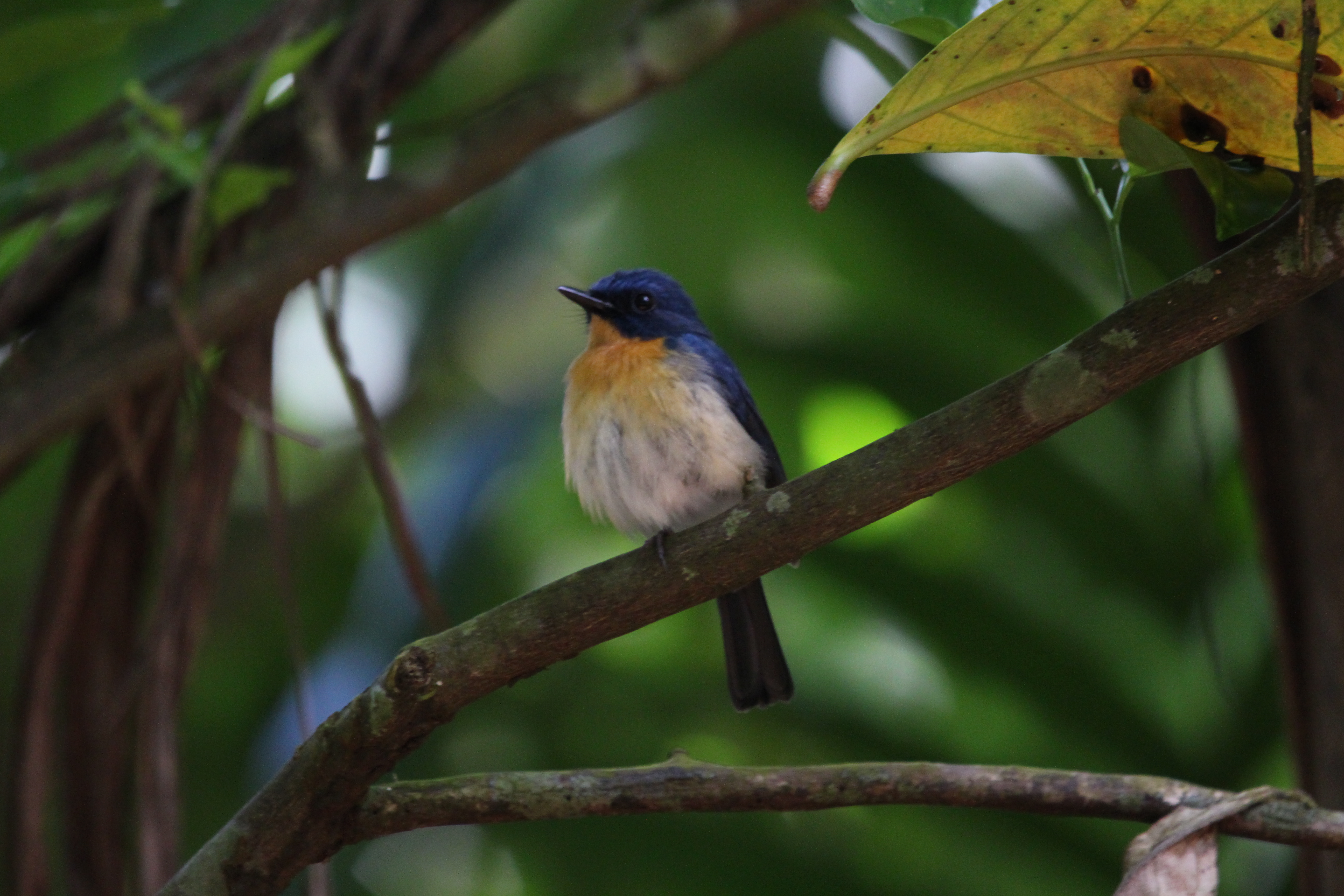
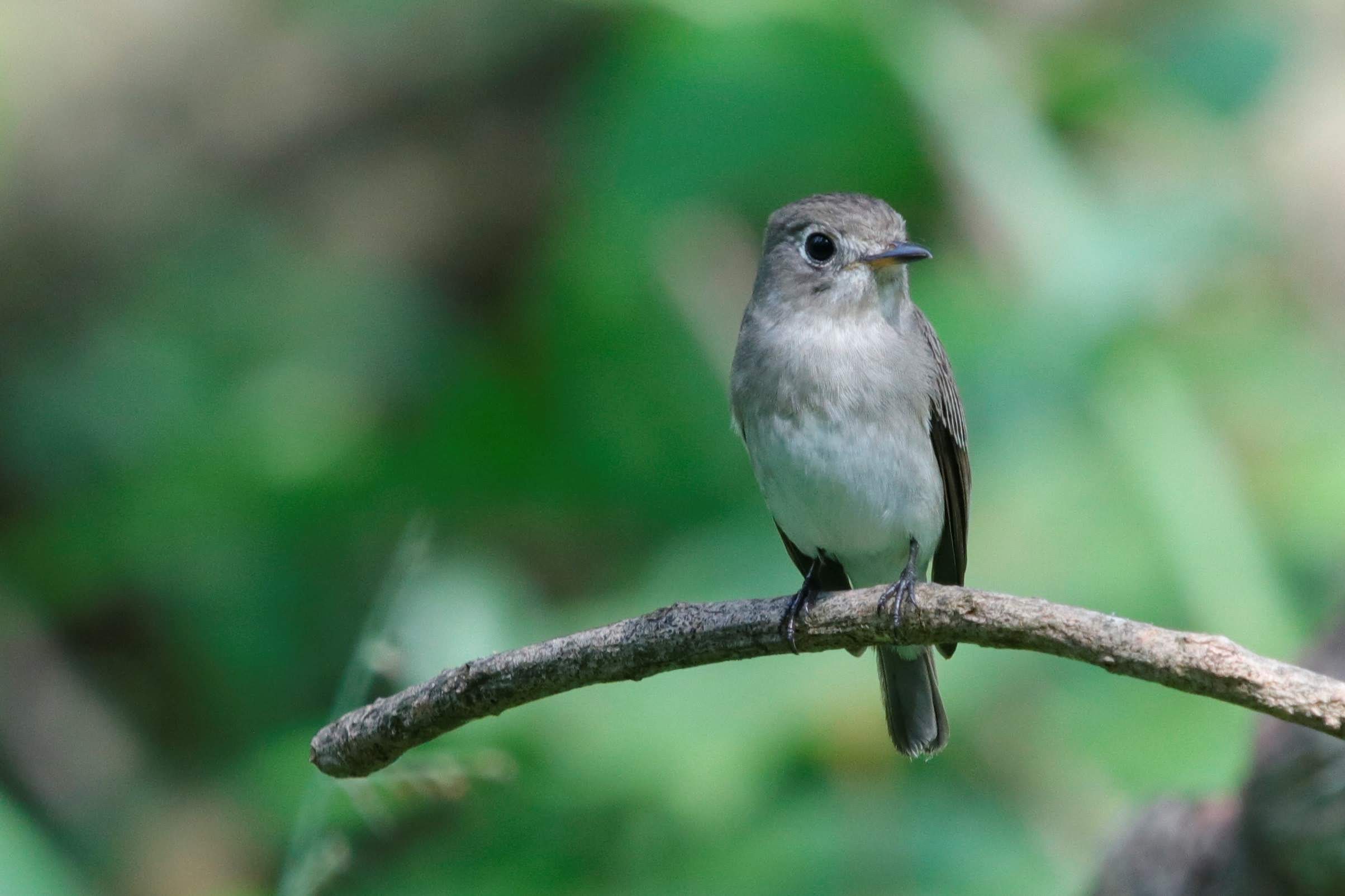
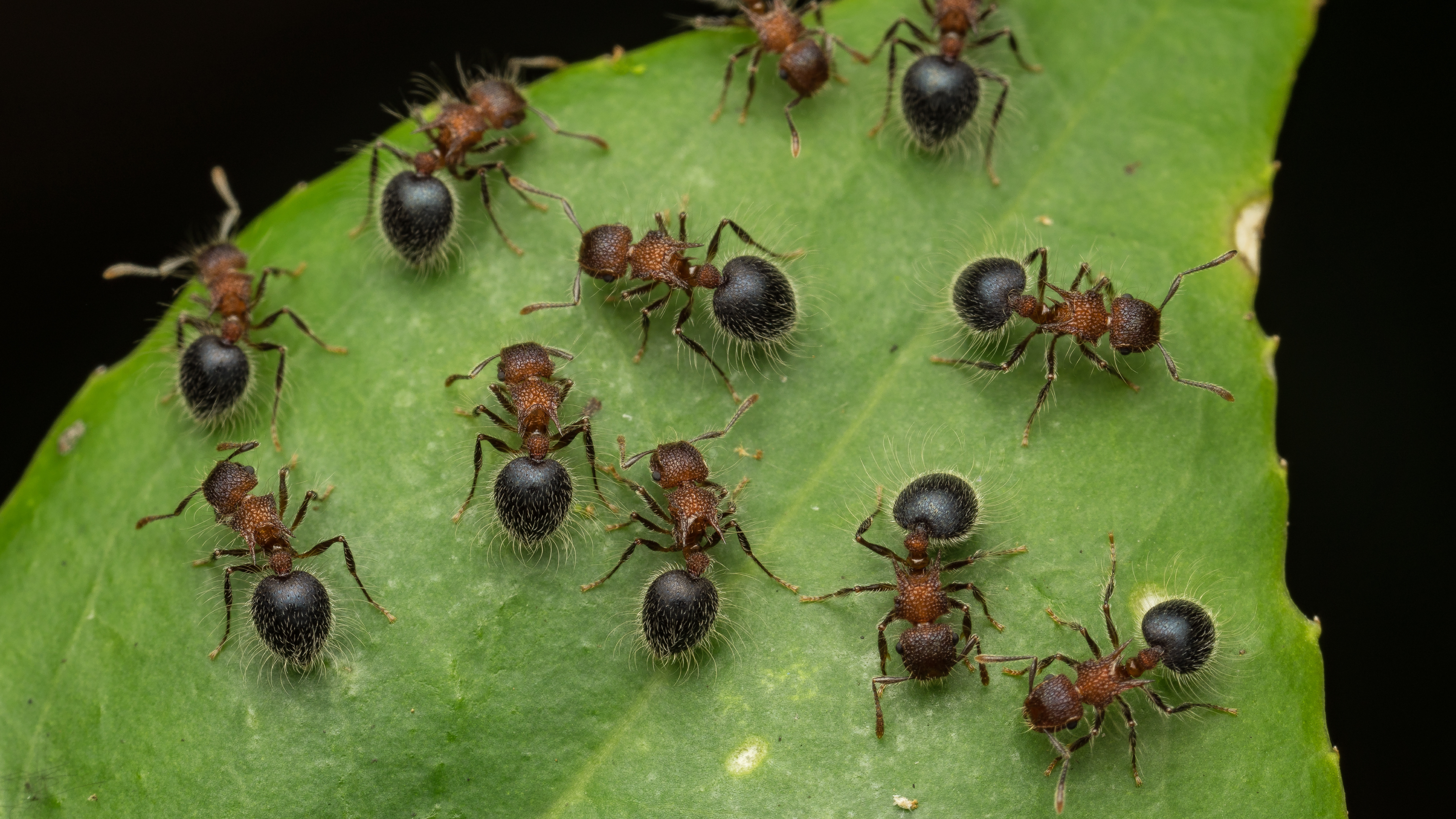
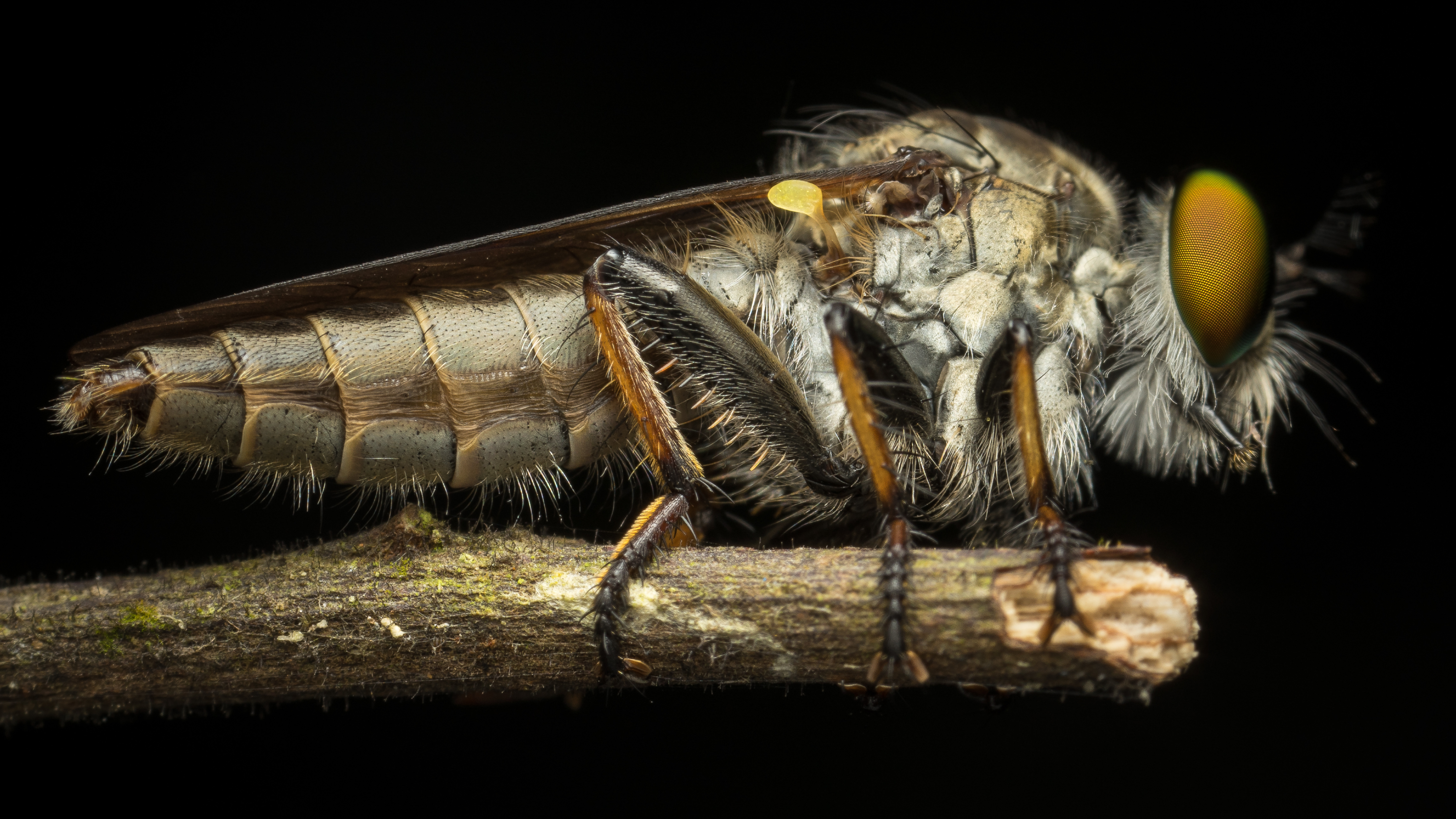
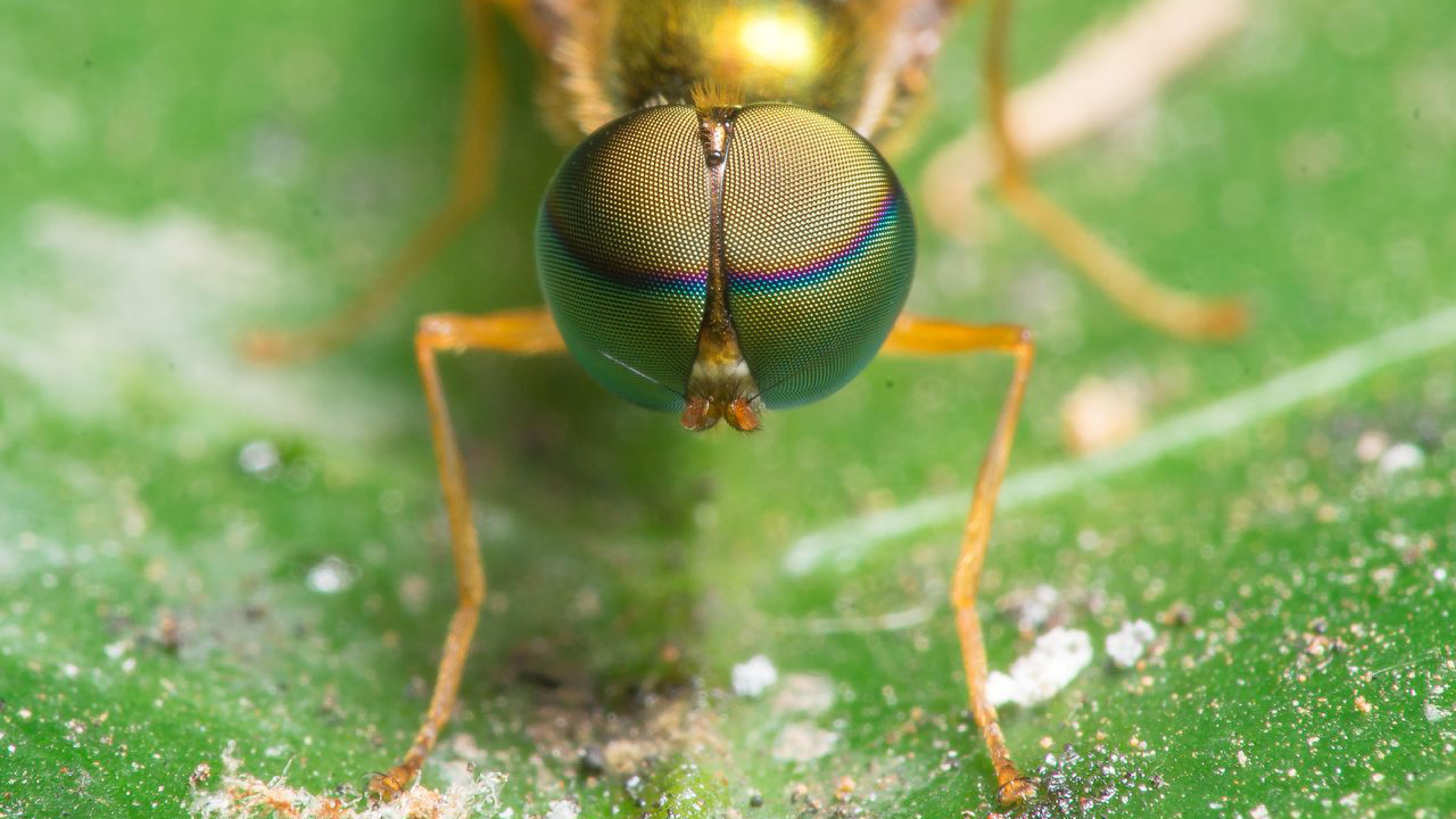

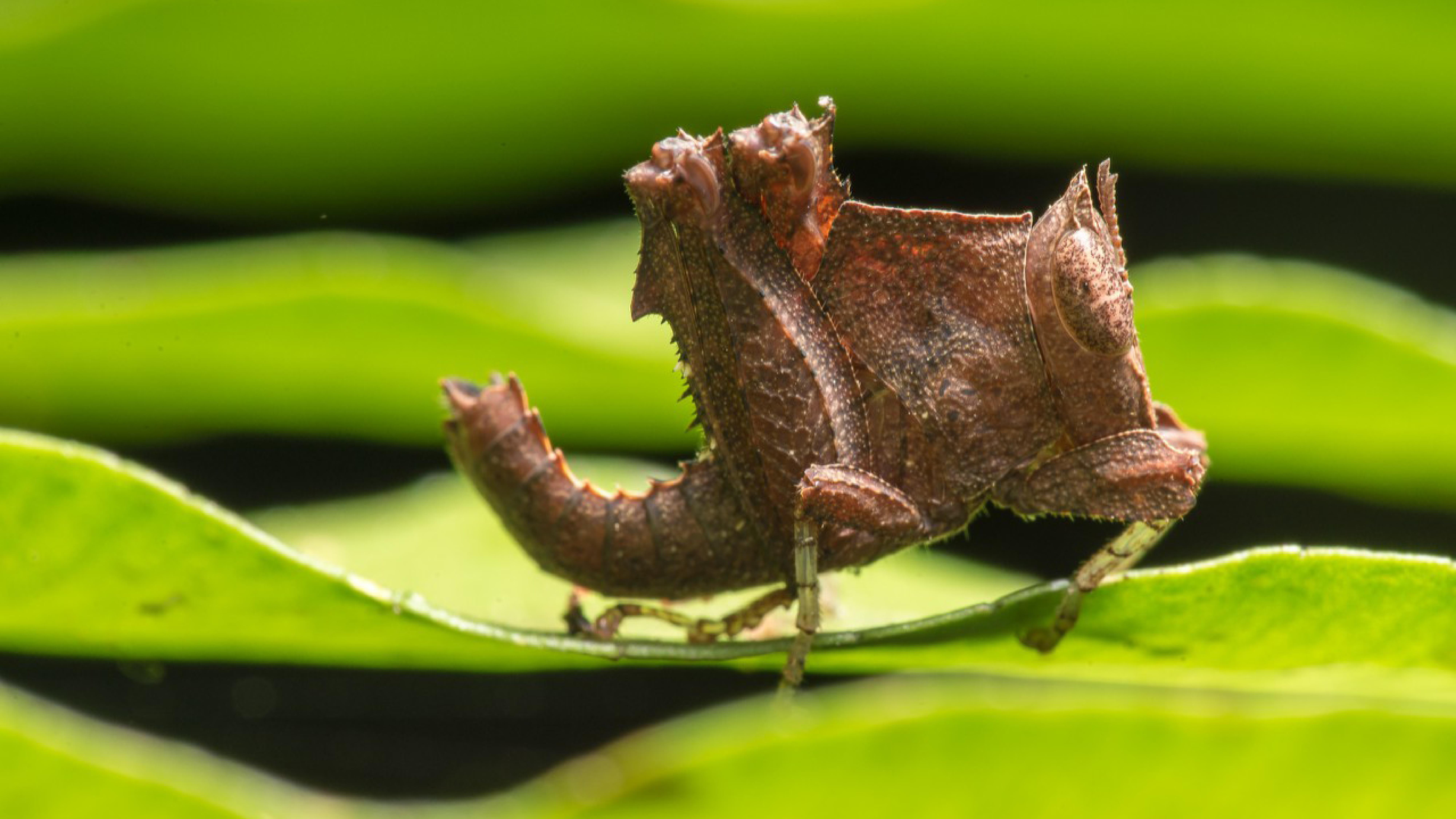
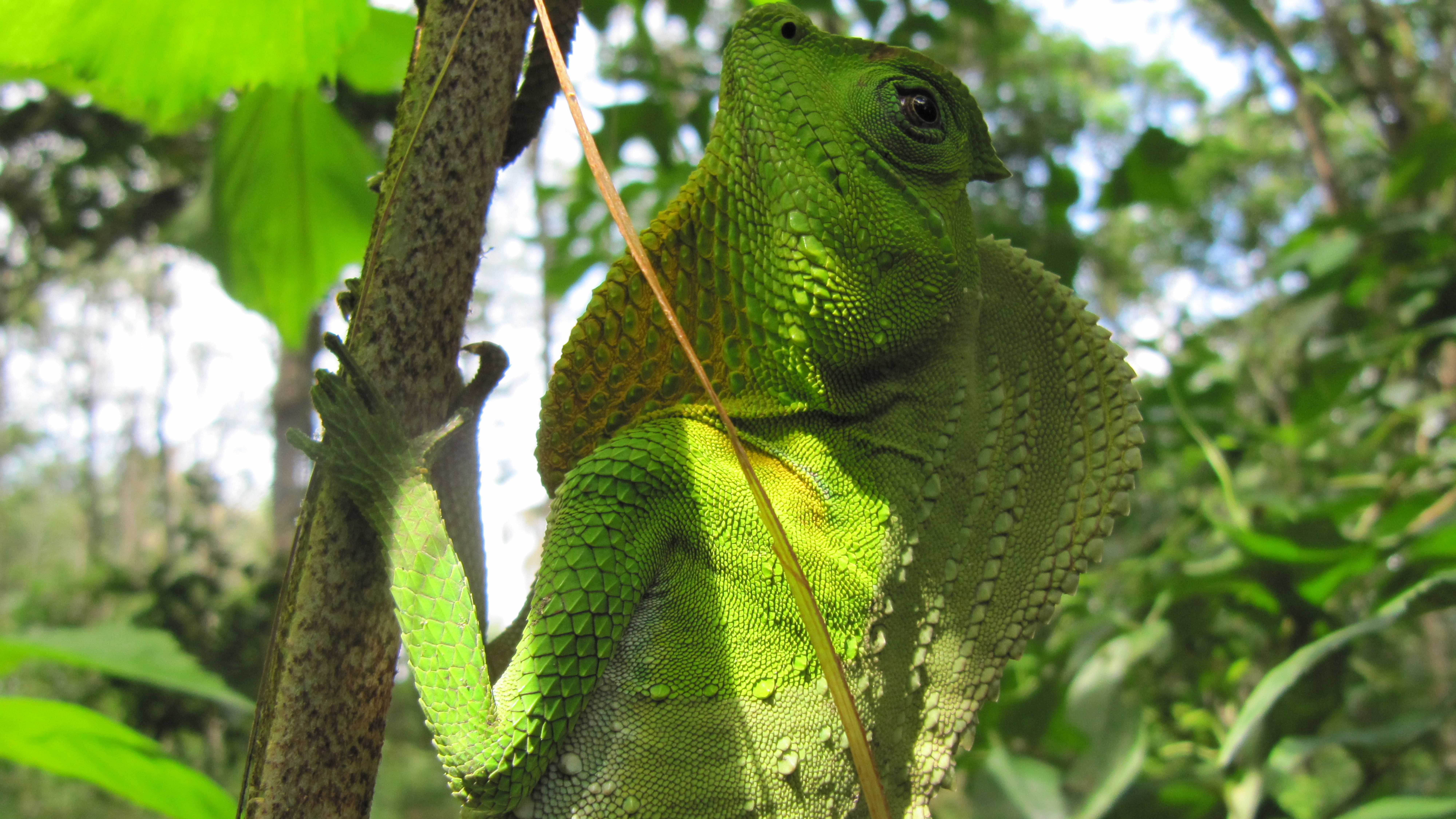
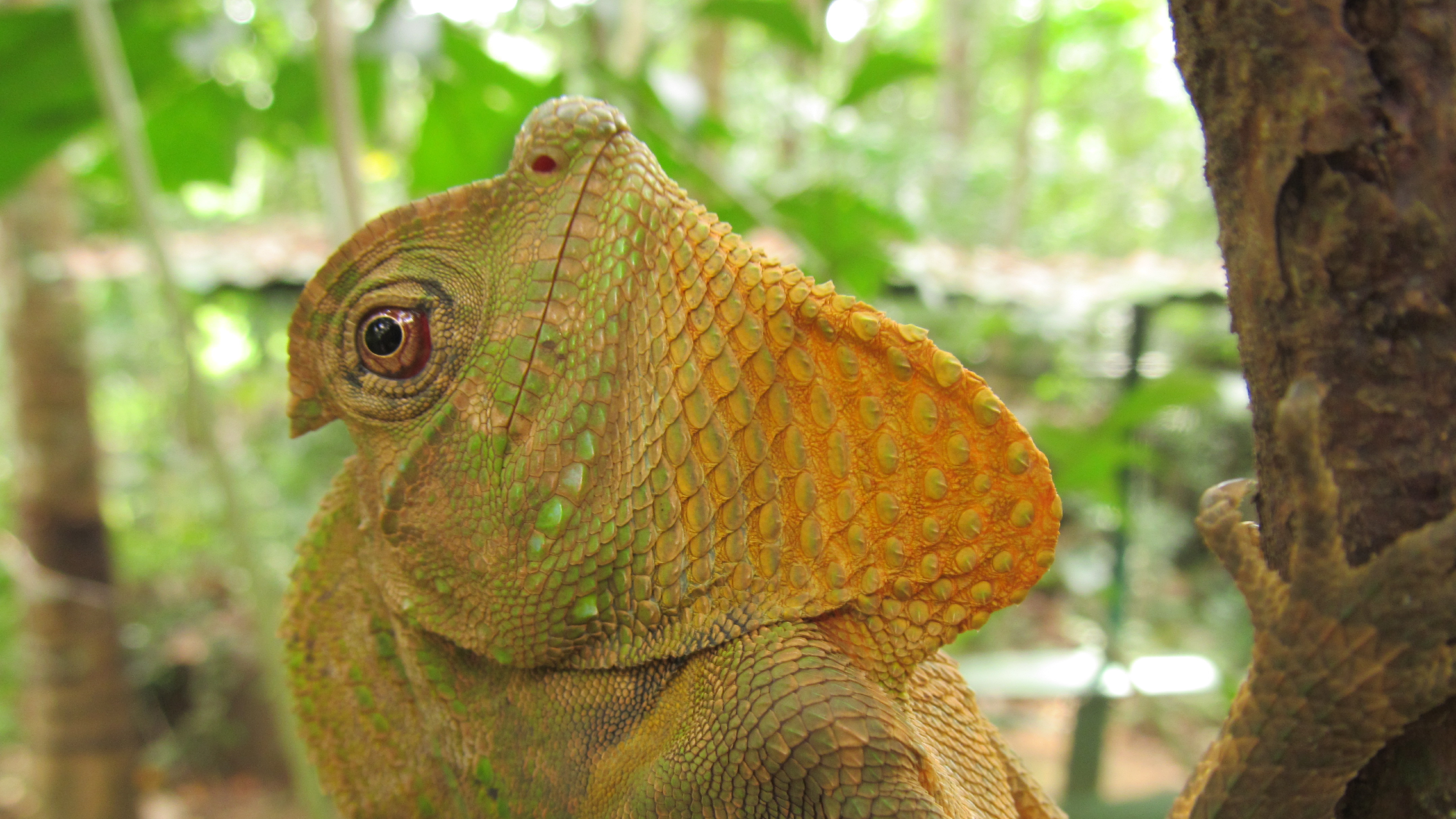
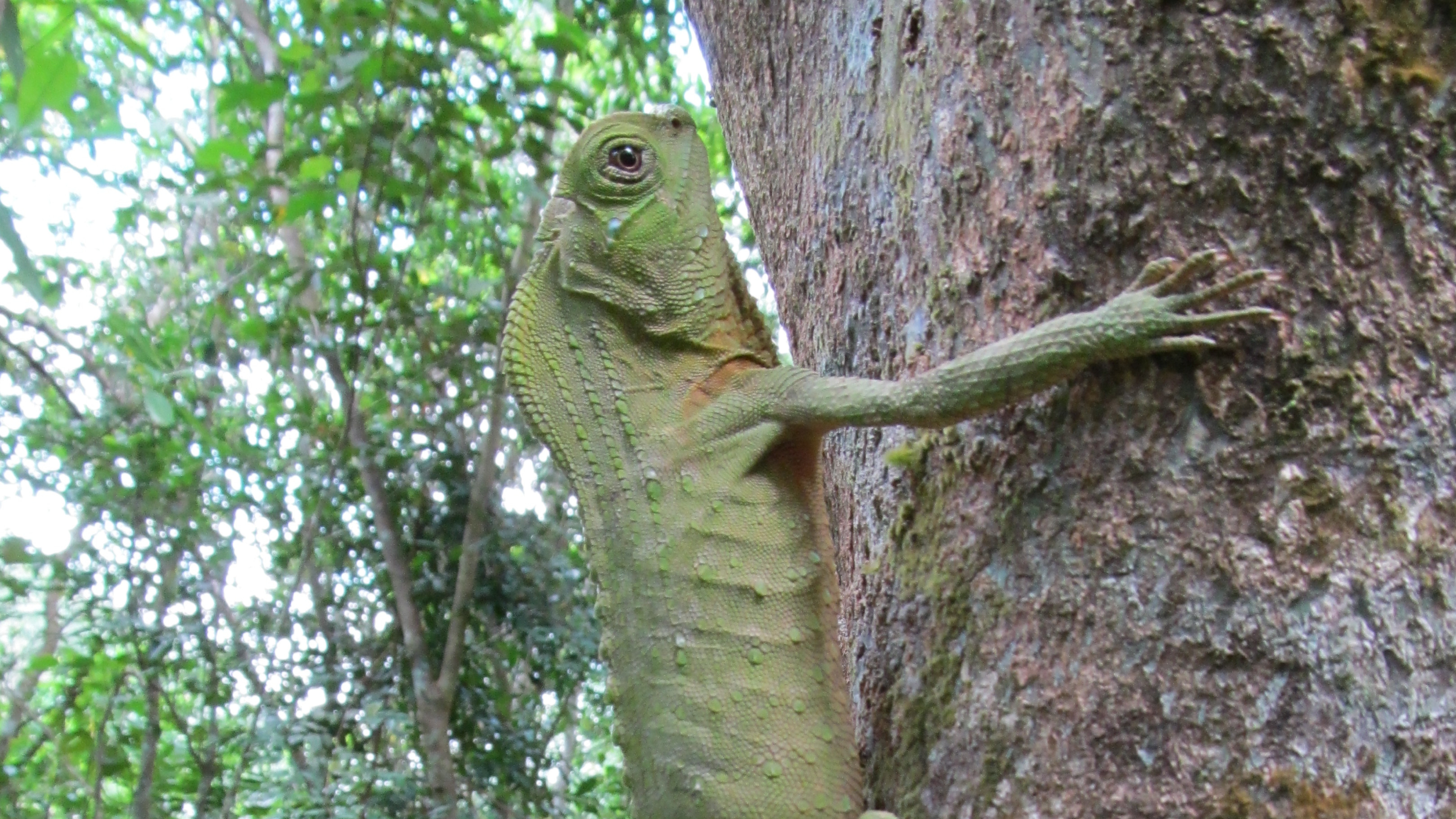


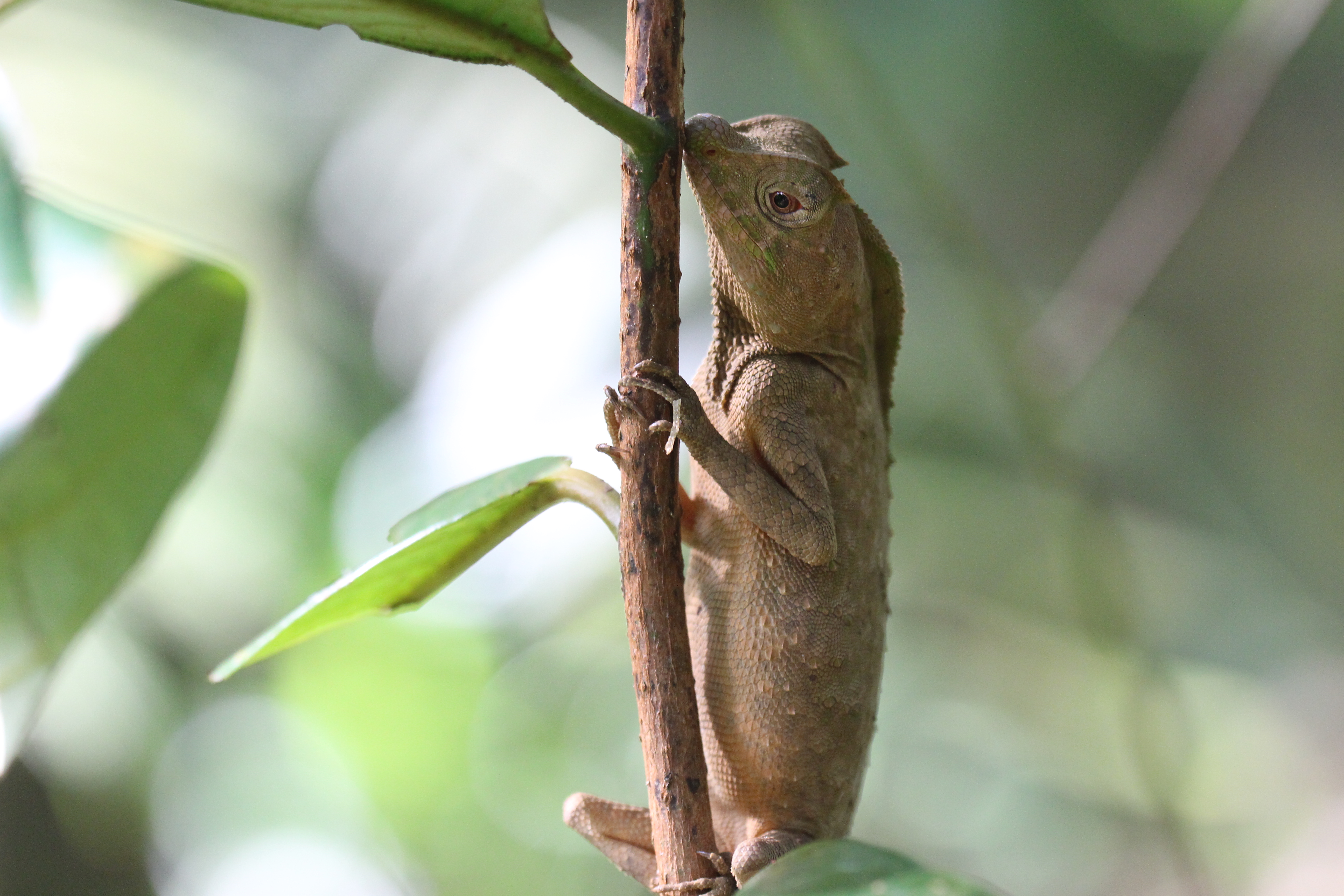
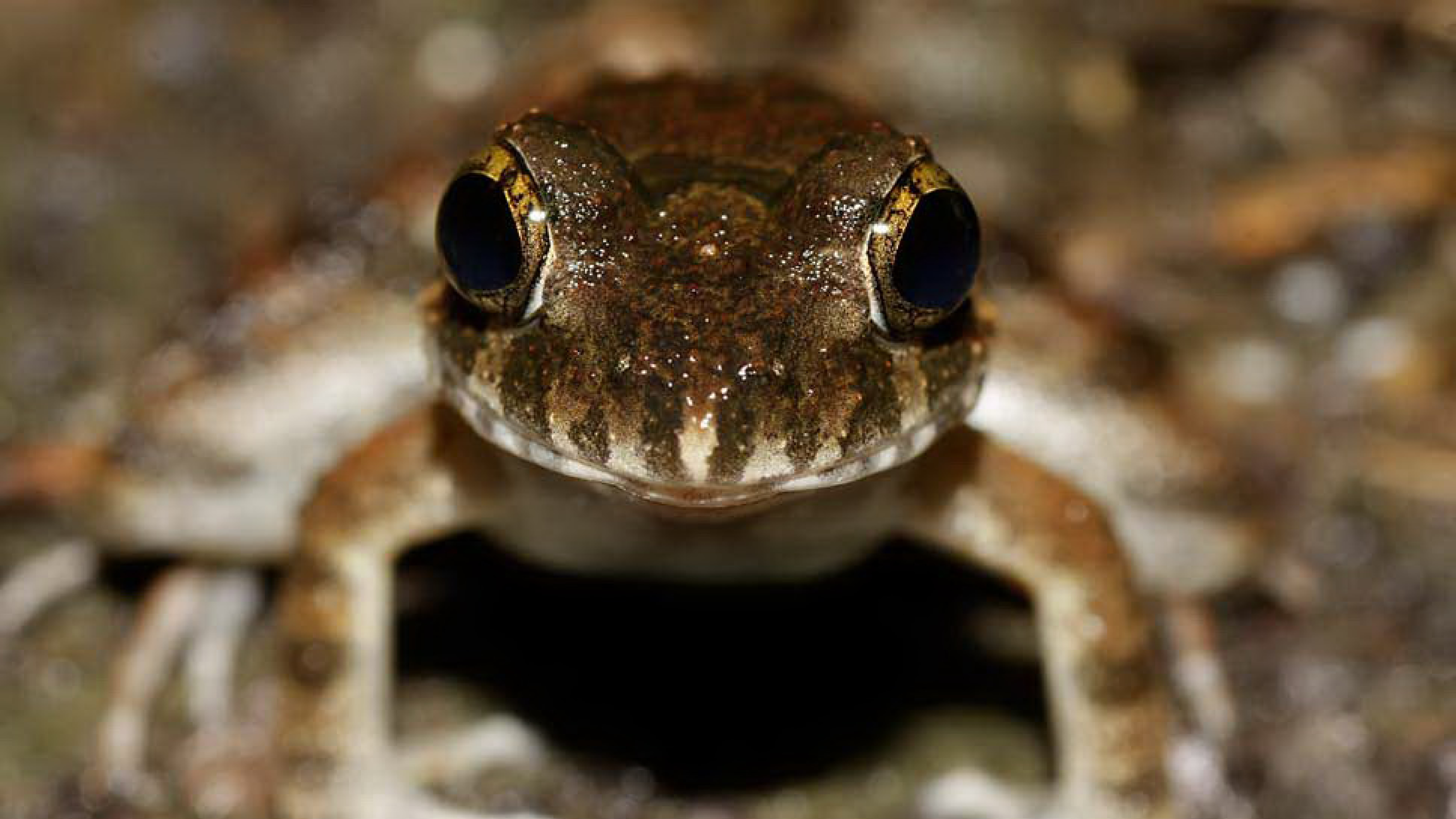
Observations and baseline surveys to date have made it possible to record 89 species of birds, 27 species of reptiles, 20 species of mammals, 8 species of fish, 18 species of amphibians. 75 species of butterflies are also found.
The monitoring of bio-diversity in Mahausakande is a continuous process, with the assistance of the trained village guides. The guides maintain a record of daily observations on animal sightings with their specific locations along with the climatic data.
The monitoring of bio-diversity in Mahausakande is a continuous process, with the assistance of the trained village guides. The guides maintain a record of daily observations on animal sightings with their specific locations along with the climatic data.